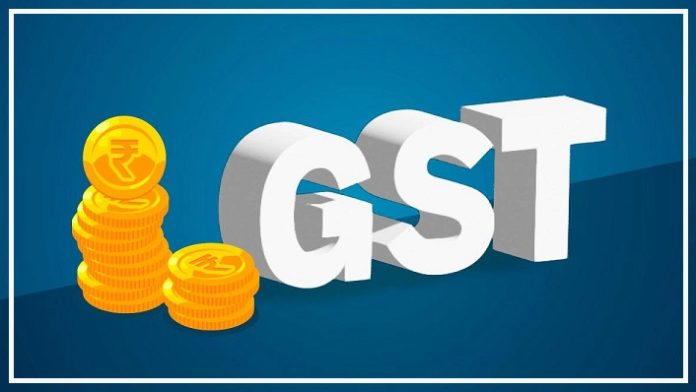New Delhi: The Central Board of Indirect Taxes and Customs (CBIC) has recently released a Standard Operating Procedure (SoP) for the scrutiny of Goods and Services Tax (GST) returns from the financial year 2019-20 onwards.
This SoP aims to streamline the examination process and enhance scrutiny for those who make mistakes in their GST filings.
The SoP outlines the selection process for GST returns that will undergo scrutiny.
The Directorate General of Analytics and Risk Management (DGARM) will be responsible for selecting the GST Identification Numbers (GSTINs) registered with the Central Tax Authorities.
Subsequently,
all relevant information related to the selected GSTINs will be displayed on the Scrutiny Dashboard accessible to the attached Central Tax Officer.
Earlier this month, the CBIC had announced its plans to develop an automatic module for scrutinizing GST returns.
This module will utilize risk parameters and data analytics to identify returns that require scrutiny.
Implementing this automatic module will facilitate the selection process for tax officials and ensure a fair and efficient scrutiny mechanism.
Each tax officer is required to scrutinize a minimum of four returns per month.
GST scrutiny involves a thorough examination of tax returns filed by taxpayers to ensure compliance with GST regulations.
Tax officers assess the returns based on predefined risk parameters and verify if they adhere to the rules.
If any discrepancies or non-compliance are identified, the GST officer will request a response from the taxpayer regarding the inconsistencies.
With the introduction of this SoP and the upcoming automatic module, the scrutiny process for GST returns will be more stringent, ensuring greater adherence to GST regulations and discouraging non-compliance.
